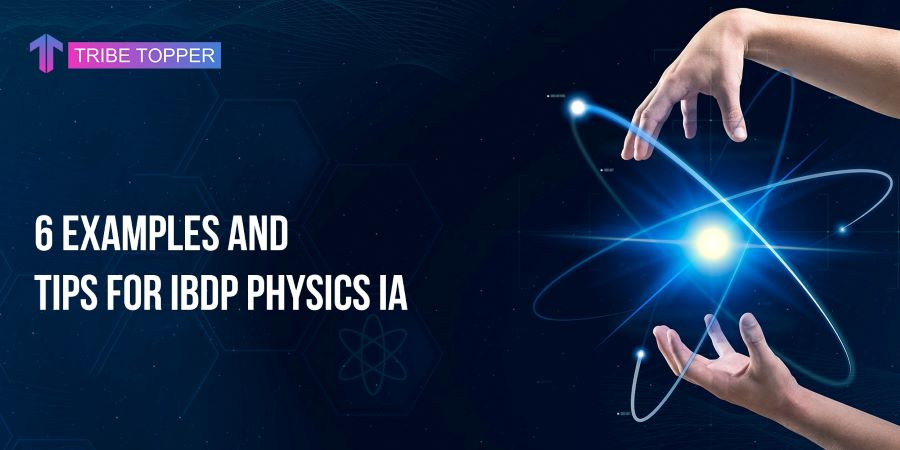
Since you are struggling, do you require a tutor to assist you with IB Physics IA? You’ve come to the right place.
You must conduct an independent physical experiment for the IB Physics IA topic and then produce a report summarizing your results. On IBDP Past Paper, it seems simple, but it can be challenging in practice. We have put together this guide to assist you in doing this correctly.
To achieve full marks on the topic, we will show you how to write a thorough IB Physics IA in this session.
Writing IB Physics IA
Detailed instruction on how to write an IB Physics Internal Assessment assignment is provided below:
Step 1: Select the Proper topic:
Choosing a good topic is the first step in creating a thorough IBDP Physics Mock Paper.
Review your schedule and choose an intriguing subject you have studied in class. It might be a good fit even if the problem relates to a topic your teacher hasn’t discussed in class, but it is intriguing to research.
The subject should enable you to test the relationship between two variables while maintaining a constant environment.
Even though it’s acceptable to look into a complicated physics issue, fundamental and succinct is preferable. Straightforward themes, at the very least, are straightforward to research and report on in the allotted time.
Step 2: Create an IB Physics IA experiment.
After deciding on a topic for your research, you need to write out a plan for your actual experiment.
Your plan must contain all information relevant to the experiment and be completely implementable.
In your approach, specify the data you wish to record and the procedure you plan to follow.
Your subject is likely too complicated if you discover throughout the planning process that you lack everything you’ll need to experiment. In that case, go back to step one and pick another topic for your research.
Step 3: Making Data Notes:
The third stage is conducting your experiment and collecting the necessary information. Make careful to include all the used variables when you record the data.
The data can be entered manually or automatically into a program like Microsoft Excel.
Your initial record may be inaccurate, and even if it is, it could be challenging to explain the facts, so to reduce the likelihood of random errors, perform your experiment at least five times.
It’s crucial to remember that each time you experiment, you should do so under identical circumstances.
Step 4: Calculating the Experimental Uncertainties
Your physical experiment can be repeated to lessen errors but not eliminate them. Your physical experiment will have both unintentional and deliberate errors. The experiment’s uncertainties must, therefore, be calculated.
Tools that consistently associate the last digit with a 1 include digital meters and stopwatches. They could also result from the procedures you use to conduct your physical experiment. Some human factors, such as timing reactions, can also cause systematic errors.
Random errors are also possible in physical experiments, but they are unrelated to your tools and methods. They frequently result from measuring fluctuations. And by experimenting at least five more times, you can lessen the likelihood of these errors.
Step 5: Extracting Results from a Linear Graph:
The last phase in creating a thorough IB Physics IA is checking to see if your physical experiment is valid.
Create a linear graph, then extract the data from it. You can use a program like Microsoft Excel or draw by hand.
The graph must have points representing the measurements and a best-fit line going through them to show a linear association.
If there aren’t any linear relationships between the variables, you should change the variables to produce a linear curve that makes the relationships proportional.
How do you extract the data from your graph once it has been plotted?
You can achieve that by looking at the physical experiment’s linear fit parameters.
Step 6: Assessing Your Performance
The practical portion of the experiment is finished up to this point.
It’s time to assess your results, which will count for 25% of the overall grade for your IB Physics Internal Assessment assignment.
Finding results and highlighting any potential experiment faults are the goals here.
Using your graph, you should be able to identify values of physical quantities that have uncertainty. You can use this information to contrast the findings with your expectations.
If the outcome doesn’t meet your expectations, it’s OK for clarity. You might still get some credit if you analyse the data and explain how you came to the wrong conclusions. To do this, go over your technique again and make a note of any likely error reasons.

